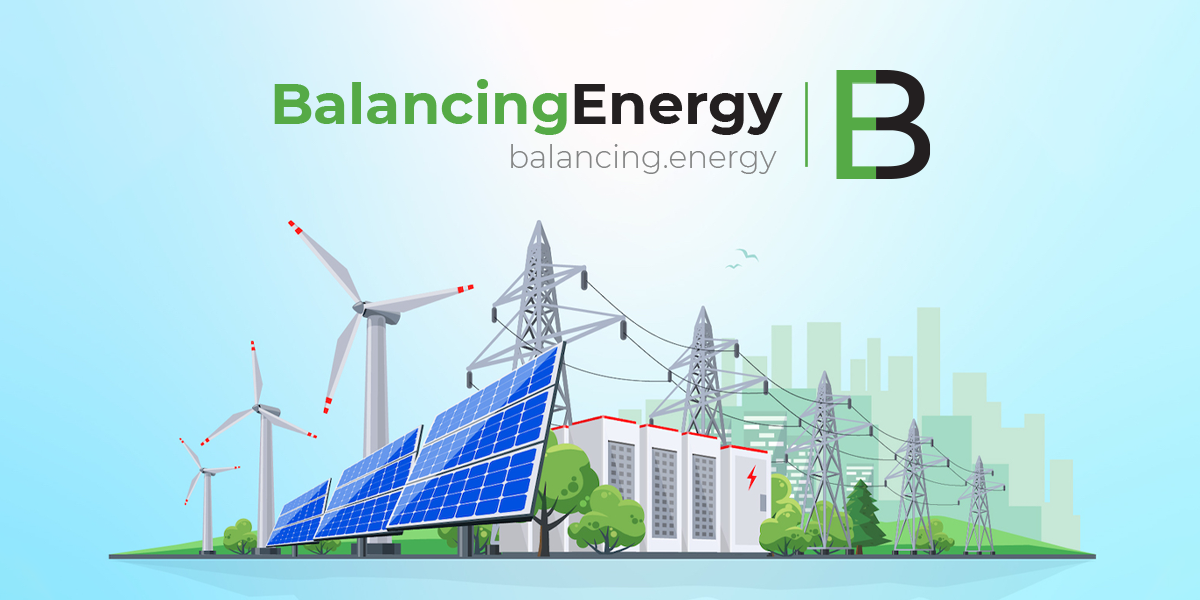Serbia’s strategic position in Southeast Europe, coupled with its competitive business environment, has transformed the country into a key location for assembly, manufacturing and nearshoring activities. The country’s advanced industrial base, skilled labor force and favorable trade agreements make it an attractive destination for international companies seeking to optimize their supply chains and access EU and regional markets. Elevatepr.rs brings expanded analysis of Serbia’s major sectors and market opportunities for exports.
1. Major sectors for manufacturing, assembly and nearshoring
1. Automotive industry
• The automotive industry is one of the most prominent sectors in Serbia, accounting for nearly 10% of the country’s FDI stock since 2001. With over 60 international investors, the sector has attracted more than €1.7 billion in investments and created over 27,000 jobs. The industry includes the manufacturing of vehicle chassis systems, electrical system components and engine parts. Major investments have been made by global players such as Fiat Chrysler Automobiles (FCA), Bosch, Continental and ZF Friedrichshafen, all of whom have established significant production facilities in Serbia.
• Serbia is a leading producer of automotive parts for almost all major European car manufacturers. The most prominent activities include manufacturing chassis system parts (e.g., tires and suspension parts) and electrical system components such as batteries and wiring installations. The production of engine components (e.g., casted, forged, and machined parts like camshafts and brake discs) is also a key focus.
• Export market focus: The automotive sector contributes over $2.1 billion to Serbia’s annual exports, with key markets being the EU, United States and other European countries. The EU remains the largest trading partner, absorbing a significant share of Serbia’s automotive exports.
2. Electronics and ICT industry
• Serbia’s electronics sector is developing rapidly, supported by investments in R&D and advanced manufacturing. Companies such as Schneider Electric and Nidec Corporation have set up production facilities focusing on the assembly and manufacture of electronic components and systems.
• The ICT industry is one of Serbia’s fastest-growing sectors, contributing significantly to the country’s GDP. The sector has seen substantial growth in software development, IT services and digital technologies, making Serbia an appealing destination for high-tech firms looking to establish R&D centers.
• Export Market Focus: The ICT sector has strong export growth, with exports of ICT services exceeding €2.7 billion annually. The primary markets include the EU, United States, and other high-tech hubs globally.
3. Metal machinery and equipment manufacturing
• The metal machinery and equipment industry has a long tradition in Serbia, producing components for the automotive, electronics, and heavy machinery sectors. The sector is characterized by a robust network of suppliers and manufacturers capable of producing high-quality metal parts and complex machinery.
• Export Market Focus: Key export markets for the metal machinery sector include the EU, Russia, and Turkey, with strong growth potential driven by increasing demand for high-quality manufacturing equipment.
4. Agri-food industry
• Serbia’s agri-food industry leverages the country’s rich agricultural resources to produce high-quality food products. Key activities include the production of cereals, fruits, vegetables, and dairy products. Food processing and packaging are also areas of growth, with Serbia emerging as a key supplier to EU markets due to its adherence to high food safety and quality standards.
• Export Market Focus: The EU remains the largest importer of Serbian agri-food products, while CEFTA countries and the Eurasian Economic Union provide additional opportunities for export growth.
5. Renewable energy and green technologies
• Serbia’s renewable energy sector is gaining traction, with investments in hydropower, wind energy, and solar power. The country has significant potential for renewable energy production, making it a strategic location for companies specializing in green technologies and sustainability solutions.
2. Nearshoring advantages and strategic positioning
Serbia’s strategic location, along with its competitive operating costs and skilled workforce, makes it an ideal nearshoring destination for companies targeting EU and non-EU markets. Key advantages include:
• Proximity to EU markets: Serbia’s location provides easy access to Central and Western European markets, enabling companies to serve EU clients more efficiently. This is particularly advantageous for industries with complex supply chains and the need for quick delivery times, such as automotive and electronics.
• Free trade agreements: Serbia’s network of free trade agreements allows for duty-free or preferential access to a market of over 1.3 billion consumers. This includes the EU, CEFTA, EFTA, and the Eurasian Economic Union. The recent Free Trade Agreement with China also provides opportunities for companies looking to expand into Asian markets from a Serbian base.
• Cost efficiency and skilled labor: Serbia offers one of the lowest operating costs in Europe, combined with a highly skilled labor force. The country’s dual education system, which integrates academic learning with practical training, ensures that the workforce meets the demands of modern industries.
3. Key export markets and growth opportunities
Serbia’s strong network of trade agreements provides access to key markets across the EU, Eurasian Economic Union, and CEFTA regions. The EU is Serbia’s largest trading partner, absorbing a significant share of exports from various sectors, including automotive, electronics and agriculture. Other key markets include:
• Russia and the Eurasian Economic Union: Serbia’s trade agreements with Russia, Belarus and Kazakhstan enable duty-free exports to these markets, providing a competitive advantage for companies in manufacturing and agriculture.
• Turkey and CEFTA Countries: Duty-free trade with Turkey and CEFTA members enhances Serbia’s position as a regional hub for exporting goods to Southeast Europe and beyond.
Serbia’s combination of strategic location, strong industrial base, competitive costs, and skilled labor makes it an ideal hub for assembly, manufacturing, and nearshoring activities targeting the EU and broader international markets. The country’s robust support for key sectors such as automotive, electronics, and ICT, along with its focus on high-quality exports, positions it as a critical player in regional and global supply chains.
Elevated by










